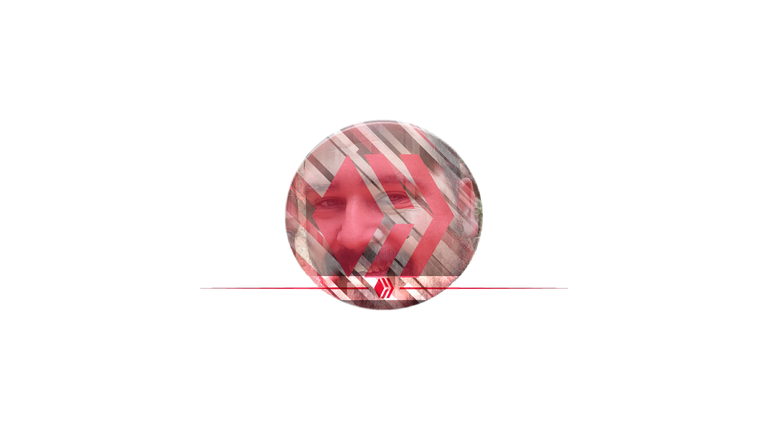FOOD FOR THOUGHT - Complexity Bias - Has it got you in its clutches?

COMPLEXITY BIAS! What is it?
Very simply put, it is normal for the average person to believe that things that are more complicated are better than things that are simple.
Specifically, we are speaking about systems that are put into place in business and other walks of life that allow people as individuals or as groups to perform actions without making too many errors.
Time and time again I have witnessed systems that have been created that have been built up over time but instead of becoming better in a linear fashion, the likelihood of error increases! Quite counter to what was intended!
Let's look at the above graphic - which is completely conceptual, but illustrates this concept and theory in a picture!
Point A
At point A we have no system. The system is not complicated because there is no real structure or system in place.
Therefore it is highly likely that there WILL be errors and lots of them. It is simply too easy to make a mistake especially when there are a lot of things that needed to be arranged in a logical way and now there is no structure to check those things - errors occur.
The cost of errors depends on the project or the relevance of the action being made.
On the travel to the right-hand side, we start to build a system that will help us to coordinate our efforts and systems and this will reduce the likelihood of errors and mistakes.
Point B
We have now reached the peak performance of systems. A system that is detailed and it has a great track record for reliability. Errors are at their lowest point in this instance.
The probability of errors can never be zero. Nothing is ever that certain.
However, we can say that the effort expended on the complexity of the system applied has reached its peak at this point.
Traveling to and reaching Point C
Once we go to the right of point B, we start increasing the complexity of the systems applied beyond the peak performance point. It is alright to push for better, but the results are difficult to see immediately as less effective than the peak performance.
When we get to point C the systems are so complicated that there is either so much time spent on the system and not on the results - therefore rendering the actions taken ineffective, or the system will be too complicated for anyone to follow and thus people will naturally break the rules.
Either way, this results in an error. The error could be the loss of production or the result could be the same errors that were happening when there was zero systems.
What causes this? What can be done to prevent this? Read on!
Evolution of systems vs. Addition of systems
Once Point B, at peak performance is reached the decision makers need to decide that the margin for error is acceptable or at least many times more effective and without error than the original system or lack of system.
Then, when deciding to try and change the system once more to make it even more effective, a better system needs to replace an older system.
Additional time and resources cannot be spent on doing something with two mutually redundant systems. Simply adding one system to another does not make it better. Doing both, one after the other, or doing a system that has so many parts to it that you spend more time on the system than the actual work is a good indication that it IS ineffective.
When errors come up, they need to be documented against the systems applied of that time and compared to previous instances.
One way of overcoming this is to assess the two(or more) systems that include some sort of repetition and consider if the two systems cannot be combined to give an advantage of additional elements and discard the elements that are repeated and redundant.
Example:
System A protects against errors A, B, C and D
System B protects against errors B, D, E and F
System C protects against errors A, B, F and G
If you were to apply all three systems you are doing 12 "things" to prevent 7 types of errors. You repeat A twice, B three times, D twice and F twice.
You are thus either wasting 40% of the total effort expended or you are making it that much more likely that the repetition will allow for complacency.
The above three systems can be condensed into a single system that includes items A, B, C, D, E, F, and G and only requires one, thorough effort to include systems to prevent all errors.
Double and Triple Redundancy
There are definitely types of systems that require double or triple redundancy, but this should be used in only specific use cases where the effort results in the best performance of outcome. It is good to have a spare tire for your car. It would be overkill to weigh a vehicle down with four or more spare tires.
Final rubric - Performance
In order to successfully evolve a system and not stray to the error side of over-complicated systems that cause additional errors, the results of all changes need to be assessed and documented.
Performance and the lack of errors should be the goal in this instance so maximum results can be obtained with the least possible wastage.
That is my thoughts on this matter for now. I could probably talk more but I fear that I would probably only be repeating myself!
What instances of Complexity Bias have you encountered yourself? Please feel free to share and chat in the comments!
Cheers!
@zakludick



Yay! 🤗
Your content has been boosted with Ecency Points, by @zakludick.
Use Ecency daily to boost your growth on platform!
Support Ecency
Vote for new Proposal
Delegate HP and earn more
Fascinating and relevant!
I've highlighted all the main points that are pretty universal here, but you know me. There are a few systems that I have picked apart recently to determine what systems are actually useful and workable and which are written badly or without the primary objectives in mind...
I love you for your mind 😉